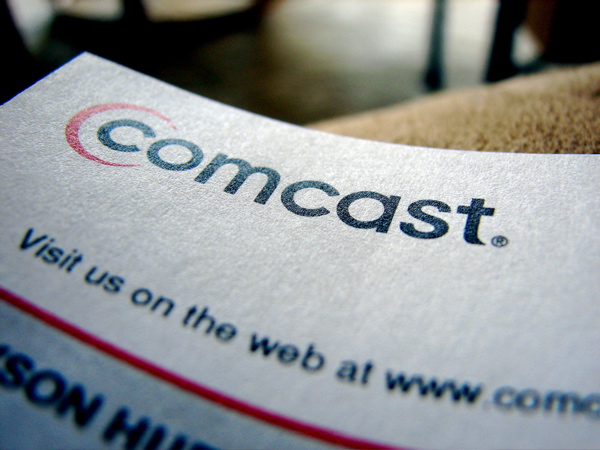
Comcast TV customers in Oregon will soon have to pay $14.50 each month for the controversial “Broadcast TV” and “Regional Sports Network” fees. Currently, the two fees combined cost customers $11 a month but will rise by $3.50 starting October 1, The Oregonian reported yesterday.
Comcast is also raising its modem rental fee from $10 to $11 a month, the article said.
These fees are in addition to Comcast’s advertised rates and are the subject of a proposed class-action lawsuit filed in October 2016. Comcast uses these fees “to secretly and repeatedly increase the monthly price it charges for its channel packages despite its promise to charge a flat rate for one or two years,” the lawsuit said. The lawsuit also claimed that “Comcast staff and agents explicitly lie by stating that the Broadcast TV Fee and the Regional Sports Fee are government-related fees or taxes over which Comcast has no control.”
A Comcast motion to dismiss the case was rejected by a federal judge last month. Separately, cable regulators in four Oregon communities recently asked the state attorney general to investigate Comcast’s use of fees not included in advertised monthly rates. But in the meantime, Comcast continues to raise the fees. In Oregon, the broadcast TV fee is changing from $6.50 to $8 and the sports fee is rising from $4.50 to $6.50.
Comcast “transparency”
Basically, Comcast says the fees are necessary to cover the rising cost of programming contracts with broadcasters and regional sports networks. Cable companies have to pay retransmission consent fees to carry broadcast channels, even though TV viewers could watch the channels for free with an antenna.
Comcast owns many of the regional sports networks itself and thus is often the one setting the price that other cable TV companies must pay to carry sports channels. Comcast charges its home customers the sports network fee even in areas where it owns the local sports networks.
The sports and broadcast fees “allow us to be more transparent with our customers about the factors driving price changes, and represent only a portion of our costs of carrying broadcast and regional sports networks,” a Comcast spokesperson told The Oregonian.
But Comcast customers already pay for broadcast TV and sports channels as part of their regular monthly rates. By implementing these fees, Comcast is able to charge customers more than the advertised price and then raise customers’ prices above the agreed-upon rates before each customer’s contract expires.
Comcast’s Broadcast TV fee was introduced in 2014, initially as $1.50 a month, and the Regional Sports Network fee was added in 2015 at $1 a month. The fees have risen quickly, though the increases are staggered by location, resulting in customers in one city often paying a different price than customers in other cities.
In December 2016, Comcast notified customers in several cities that the Broadcast TV fee was moving from $5 a month to $7 a month, and the Regional Sports Network fee was rising from $3 a month to $5 a month. The total price of $12 a month at that time didn’t make it everywhere, as seen in Oregon, where the fees are currently $11 and rising to $14.50.
We asked Comcast today whether $14.50 will be the new standard amount nationwide and will update this story if we get a response.
Comcast’s “starter” Internet-and-TV package has an introductory rate of $90 a month but actually costs $111 a month including the sports and broadcast fees and a $10 monthly modem rental, The Oregonian story said. With the modem rental also rising to $11 a month, the total cost for this package will go up to $115.50, the article said. Customers can avoid the modem rental fee by purchasing their own modems.
UPDATE: Comcast told Ars that it hasn’t announced nationwide pricing for 2018 yet. “Oregon is one of a few markets that historically has price changes in October,” Comcast said.
“We continue to make investments in our network and technology to give customers more for their money—like faster Internet service and more WiFi hotspots, more video across viewing screens, better technology like X1 and a better customer experience,” Comcast also said. “Unfortunately, the costs we are charged to carry popular networks continue to increase significantly—especially broadcast television and sports programming, which are the largest drivers of increases in price adjustments.”



